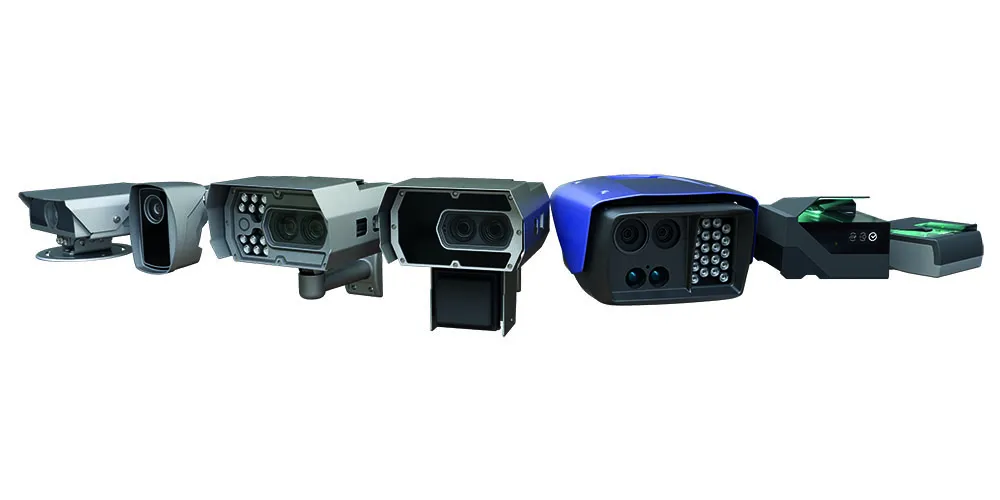By combining the compact GT20 camera which captures clear images of moving vehicles in all conditions, with its RT3 tracking radar, Gatso says its new T-Series enforcement system offers an enforcement solution platform which can be adapted and expanded to meet future traffic enforcement needs. Specially designed for traffic enforcement, the 20 megapixel CMOS in the GT20 combines speed with sensitivity to deliver high quality image capture at 30 full-resolution frames per second, enabling the system to captu
November 7, 2012
Read time: 2 mins

By combining the compact GT20 camera which captures clear images of moving vehicles in all conditions, with its RT3 tracking radar, 1679 Gatso says its new T-Series enforcement system offers an enforcement solution platform which can be adapted and expanded to meet future traffic enforcement needs.
Specially designed for traffic enforcement, the 20 megapixel CMOS in the GT20 combines speed with sensitivity to deliver high quality image capture at 30 full-resolution frames per second, enabling the system to capture multiple violations. The camera’s J2K compression engine simultaneously delivers more than 4fps at full resolution and 30fps high resolution video. In addition, four Intel Atom processors offer sufficient processing power to execute machine vision algorithms such as ANPR and Traffic Light Vision Interface (TLVI), as well as algorithms developed in the future.
Gatso’s RT3 tracking radar continuously monitors and accurately tracks the speed and position of up to twelve vehicles in the target area simultaneously, to identify speeding and red light violations and provide precise identification of violating vehicles.
An intuitive web interface provides independent control of all system features for remote monitoring and set-up, whilst the compact T-Series cabinet can be mounted on existing infrastructure or poles for ease of installation and maintenance.
Specially designed for traffic enforcement, the 20 megapixel CMOS in the GT20 combines speed with sensitivity to deliver high quality image capture at 30 full-resolution frames per second, enabling the system to capture multiple violations. The camera’s J2K compression engine simultaneously delivers more than 4fps at full resolution and 30fps high resolution video. In addition, four Intel Atom processors offer sufficient processing power to execute machine vision algorithms such as ANPR and Traffic Light Vision Interface (TLVI), as well as algorithms developed in the future.
Gatso’s RT3 tracking radar continuously monitors and accurately tracks the speed and position of up to twelve vehicles in the target area simultaneously, to identify speeding and red light violations and provide precise identification of violating vehicles.
An intuitive web interface provides independent control of all system features for remote monitoring and set-up, whilst the compact T-Series cabinet can be mounted on existing infrastructure or poles for ease of installation and maintenance.








